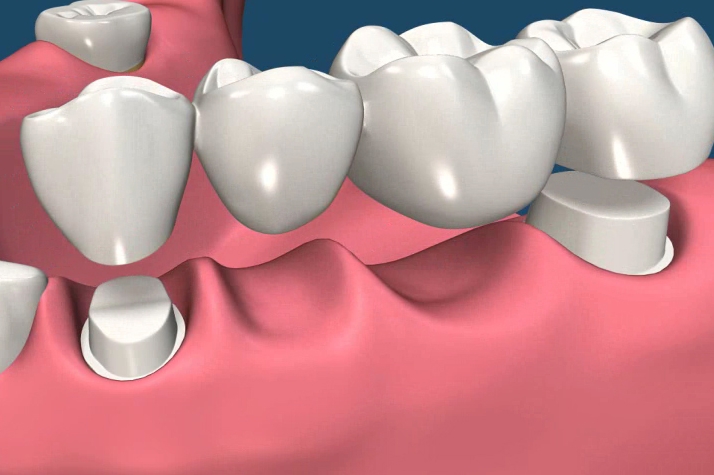Dental bridges serve as a crucial solution for replacing missing teeth and preserving oral health, restoring normal biting and chewing functions. While dental implants present a modern alternative, the Vista dental bridge has proven itself over time as an effective and comfortable solution, particularly compared to dentures.
The loss of teeth can stem from various factors, such as decay, injury, or congenital issues. Beyond aesthetics, a gap from a missing tooth can lead to severe health problems like gum disease and bone loss. Vista dental bridges fill this gap, not only boosting a patient’s self-esteem but also enhancing their overall appearance and oral health.
Typically, a Vista dental bridge consists of one or more prosthetic teeth secured in place using crowns affixed to adjacent natural teeth, known as abutment teeth. These abutment teeth play a critical role in securely anchoring the bridge. Crafted from porcelain, dental bridges can be customized to seamlessly match the patient’s existing teeth.
Before placing a dental bridge, preparation of the abutment teeth is necessary, involving a slight reduction in size to accommodate the crowns effectively. Subsequently, a dental impression is created to fabricate a custom-made bridge in a specialized laboratory.
Once ready, the bridge is securely attached to the abutment teeth using specialized cement. Regular maintenance includes consistent flossing and brushing around the bridge to prevent plaque buildup and cavities on the abutment teeth.
Several types of dental bridges are available, including:
- Traditional Cantilever Bridge: Often used for front teeth, this bridge applies less strain on natural teeth and offers increased stability.
- Maryland Bonded Bridge: Featuring metal or porcelain wings on one side, this option suits specific instances.
- Resin-Bonded Esthetic Bridge: Comprising a softer material, this type is less likely to damage natural teeth.
It’s essential to note the inlay-retained bridge, which uses abutment teeth to support a pontic. However, due to a higher failure rate and more technique-sensitive care requirements, this type is less commonly used in clinical practice. While a study modeled increased stress at the junction between the bridge and abutment teeth, real-life masticatory forces vary significantly and depend on factors like food consistency.
Grace Dental provides top-notch care, ensuring high-standard clinical competency and full regulatory compliance. Contact us at (760) 653-8338 to schedule your consultation and explore the best dental solutions.






